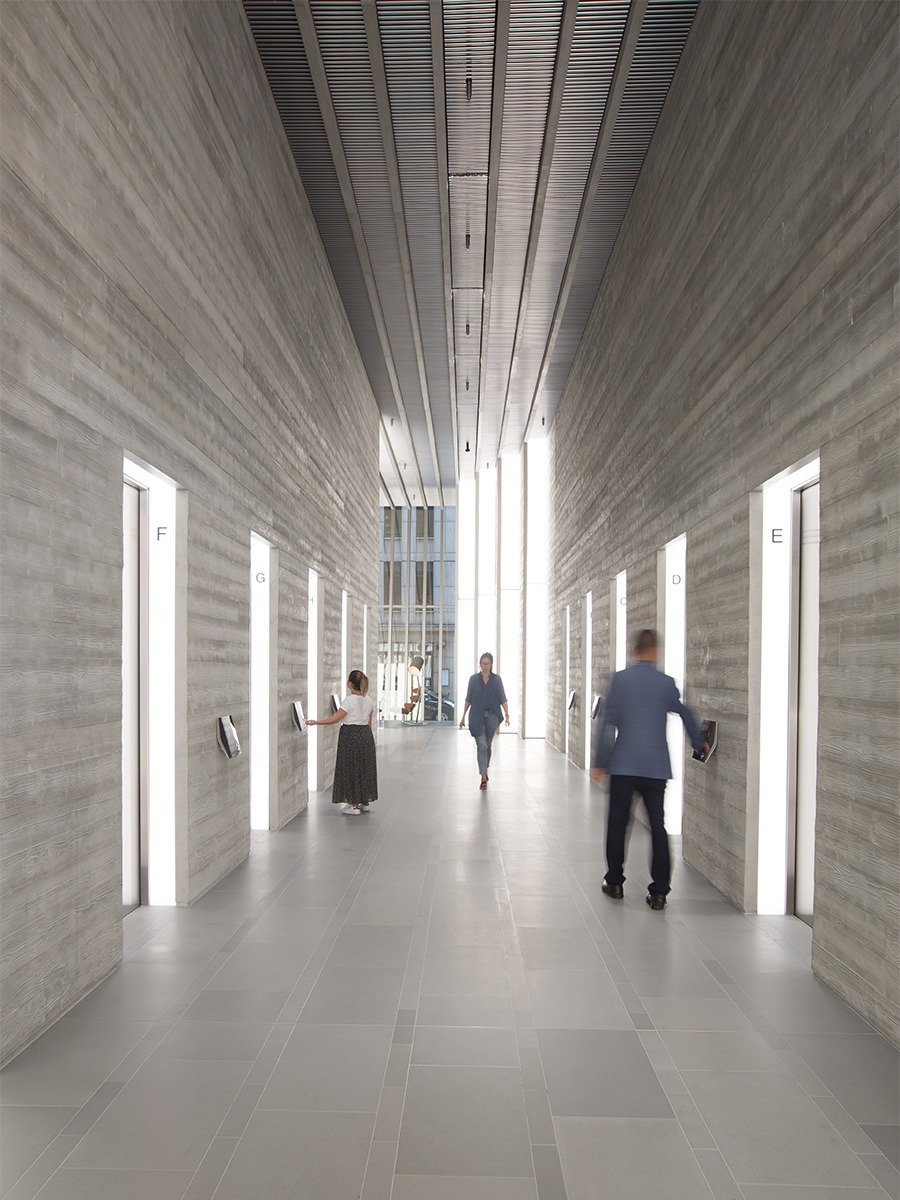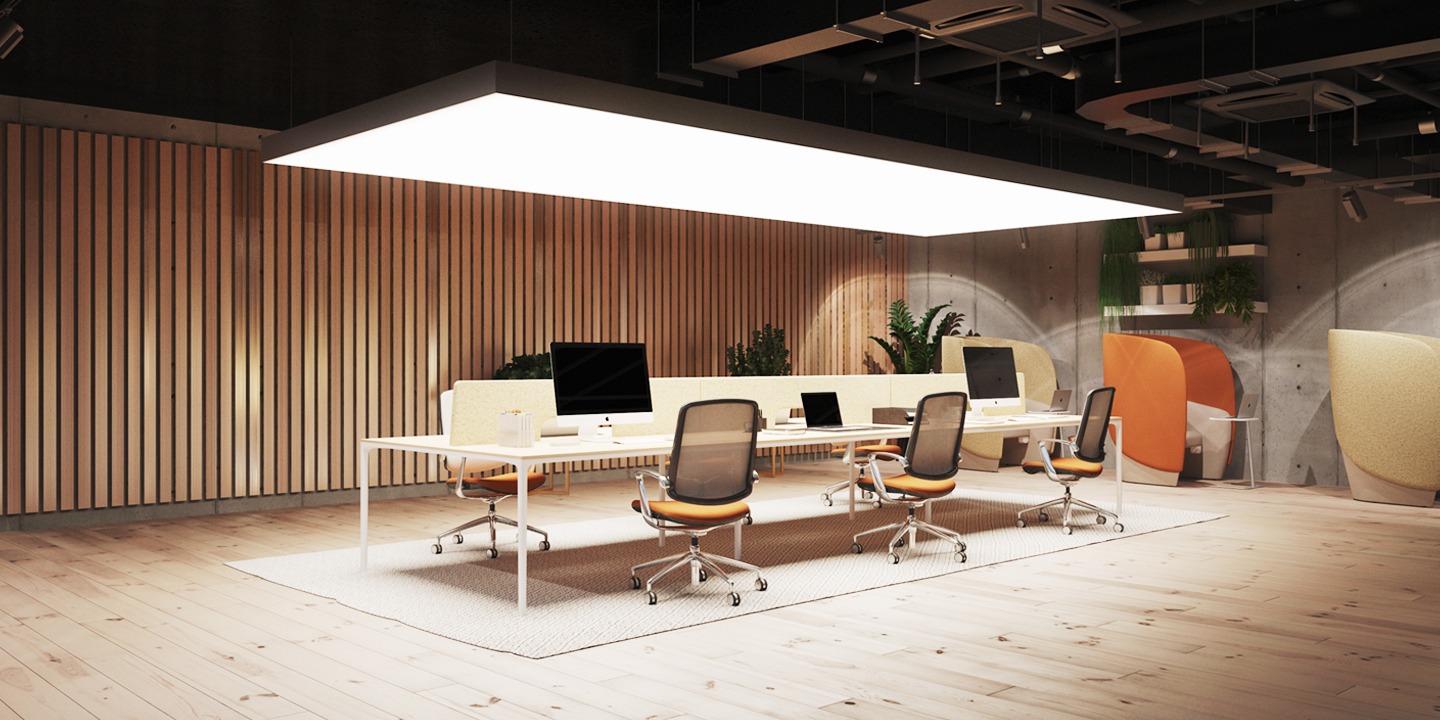
The Psychological Impact of Lighting
After having spent unprecedented amounts of time indoors over the past few years, we’ve all become acutely aware of the impact that this can have on our mental and emotional wellbeing. One of the most influential factors responsible for determining this, though, is the interior lighting that is used to illuminate a space effectively. Yes, the psychological impacts of lighting are far-reaching and wide-ranging, being cited by countless medical professionals as playing an instrumental role in deciding whether or not we find an interior space to be relaxing, stressful, energising, tiring or otherwise.
This gradual shift indoors hasn’t occurred solely as a response to recent social restrictions, though, it has been taking place progressively for many years and is more prevalent in different geographical locations where seasonality is more pronounced. For example, those of us living and working further from the equator experience colder, darker winters meaning we find ourselves retreating inside during these months in search of artificial light sources such as ceiling lights, desk lamps and computer screens.
Whatever the reason, light has a huge impact on our brains, playing a major role in determining the state of our mental health, mood, sleeping habits, emotions and patterns of behaviour. Knowing this, the effective management of interior lighting is of the utmost importance for anyone seeking to create environments that are able to facilitate the happiness, health and productivity of their users.
How does lighting affect our brains?
Circadian Rhythms
As humans, all of our biological and physiological processes are governed by light. Our bodily functions and cycles – alertness, rest, digestion, temperature control, hormone production and even cell renewal – are all determined by our circadian rhythms.
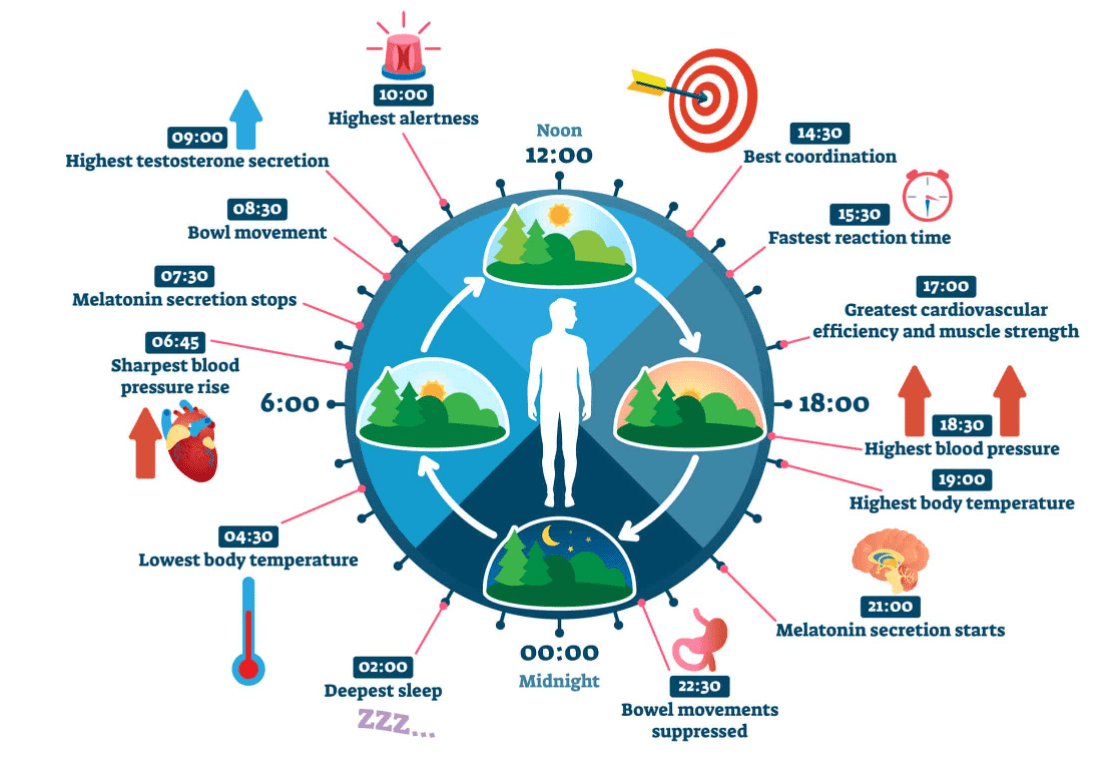
Circadian rhythms are the physical, mental and behavioural changes that follow a 24-hour cycle. They are present in most living things (animals, plants and microbes) and are natural processes that respond primarily to periodic fluctuations between light (daytime) and dark (nighttime). Over millennia, these rhythms have evolved according to the earth’s natural shift between day and night that occurs as it completes a full rotation on its axis to mark the passing of one day.
The study of circadian rhythms and how they impact us is called Chronobiology. Specialists working in the field have shown that a number of factors influence circadian rhythms and subsequently have an effect on our health. We already know that our brains have a master clock called the suprachiasmatic nucleus (SCN) that controls all our biological clocks and keeps them in sync with one another. The SCN sends signals to the brain to release specific hormones at specific times of the day based on the light levels of a person’s surroundings, as they are perceived by their eyes.
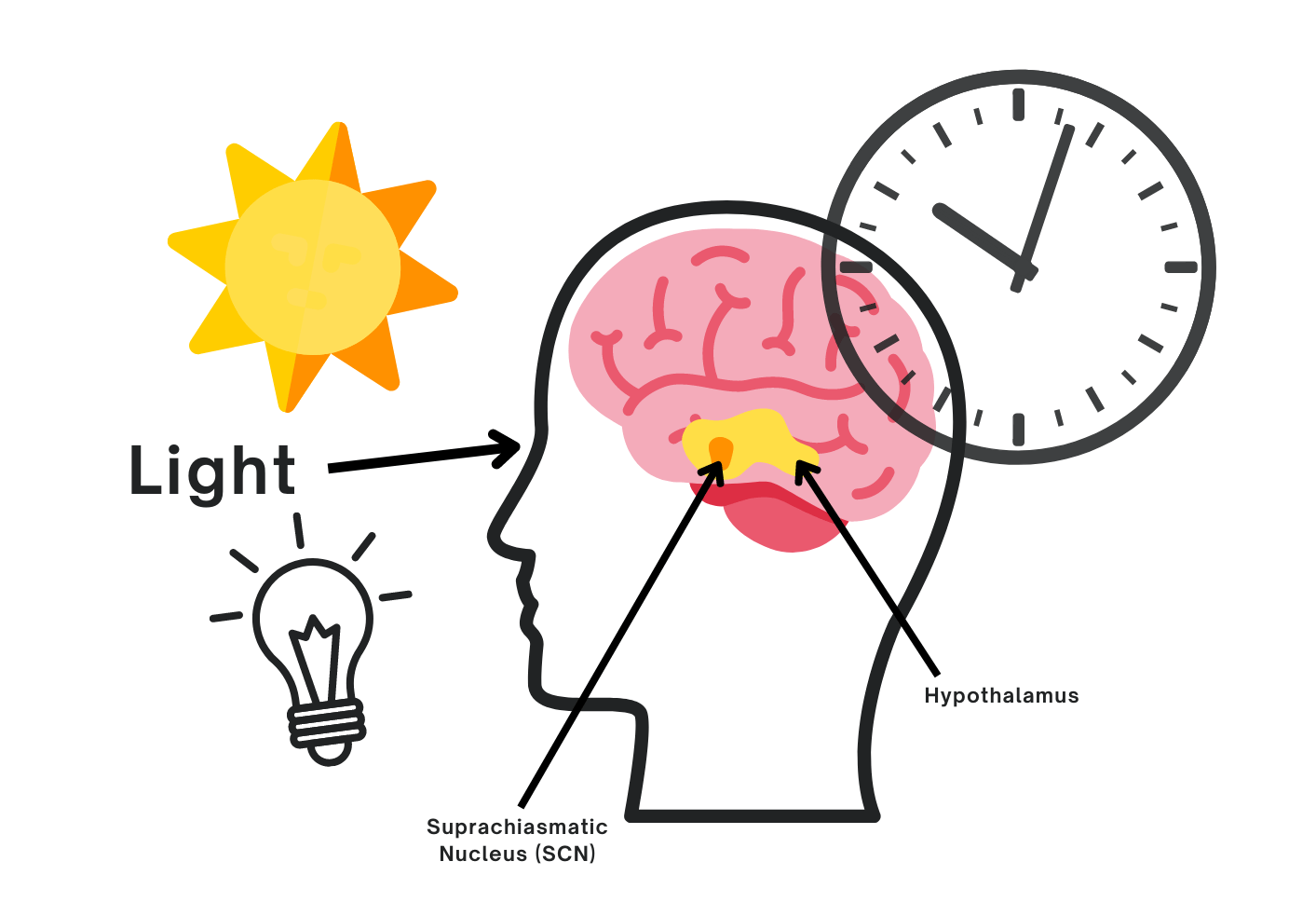
And this is where problems can arise. As we now regularly find ourselves in environments with artificial lighting, our bodies are no longer regulated exclusively by natural stimuli. Our internal clocks, then, become disrupted by changes in the normal pattern of day to night and the physiological processes that occur in direct response to it become out of sync too. In fact, research carried out by the University of Toronto shows that subjecting ourselves to “unnatural” strengths of light for a particular time of day can have negative effects such as altered sleep schedules, impaired concentration and decreased energy levels.
Lighting Systems with Brightness Controls
One of the best, most accessible solutions for this problem is the installation of interior lighting solutions with built-in brightness controls. By enabling users to adjust the brightness (also referred to as the intensity or the Lux level) of the light emitted depending on the time of day, the task being performed and the age of the users themselves, LED lighting systems with brightness controls can be tuned in real-time to match our natural body clocks. For example, the interior lighting systems in hotels can be set to change throughout the day so that guests feel energized in the mornings and relaxed in the evenings by ensuring that their brains release the correct levels of melatonin (the hormone that makes us sleepy) at the correct time of day.
Entire lighting schemes can be designed to incorporate such functionalities and operate using centralised control systems. By partnering from the outset of a project, designers can work alongside their manufacturers to ensure that the interior lighting created for their space is optimised to help them achieve particular objectives…commercial, aesthetic, environmental or otherwise.
The Colour Temperature of Lighting
The colour temperature of light is another factor that massively affects our bodies. Warm lights (those with a lower colour temperature) appear less bright than cool lights (those with a higher colour temperature). The temperature, then, refers to the colour that the light being emitted appears to our eyes. It is measured using the Kelvin scale relative to the colour of a ‘theoretical black body’ – a piece of metal that, when heated gradually, changes in colour from red to white. Visually warmer lights, then, actually have lower colour temperatures and visually cooler lights have higher colour temperatures because the Kelvin temperature of the theoretical black body is lower when it is less hot and vice versa.

But, how does this affect us in practical terms day-to-day? We know that whiter, cooler lights make an environment feel more energised and stimulating. Rooms lit in this way make us feel more alert to our surroundings, more focused on what we’re doing and can invite us to be more productive. Conversely, warmer lights make an environment feel cosier and more welcoming. This is why they’re used in romantic restaurants, for example, as they encourage intimacy and relaxation.
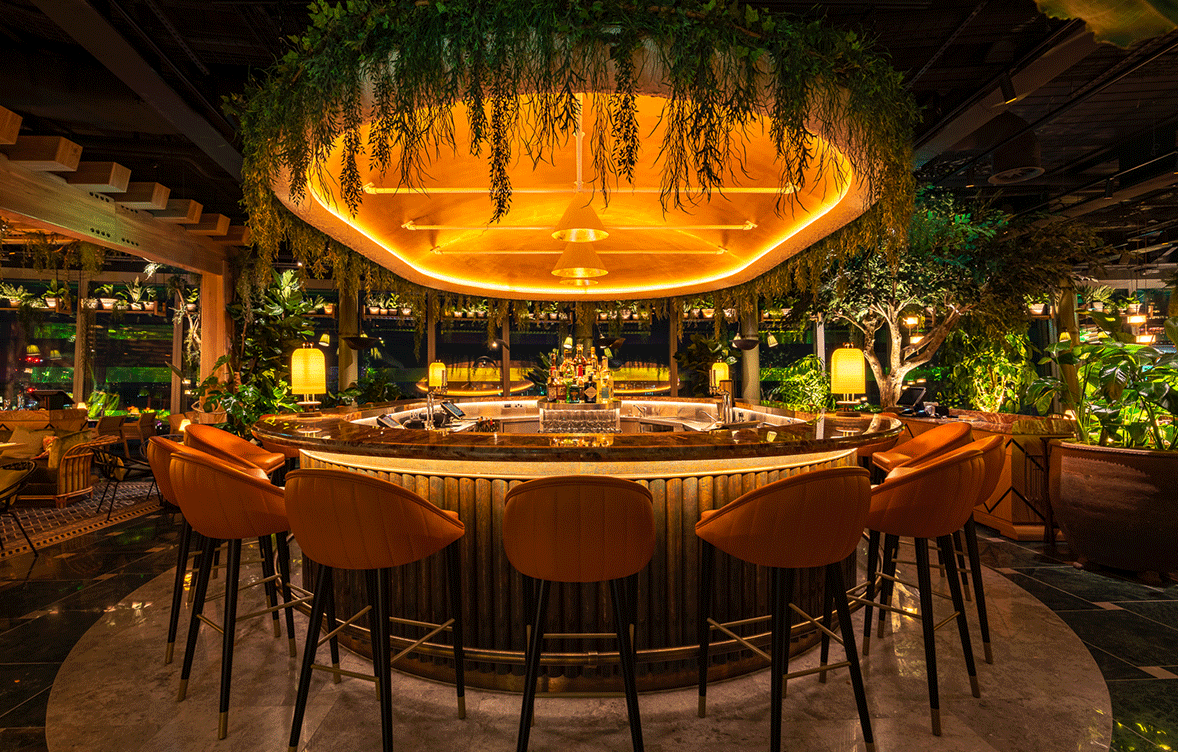
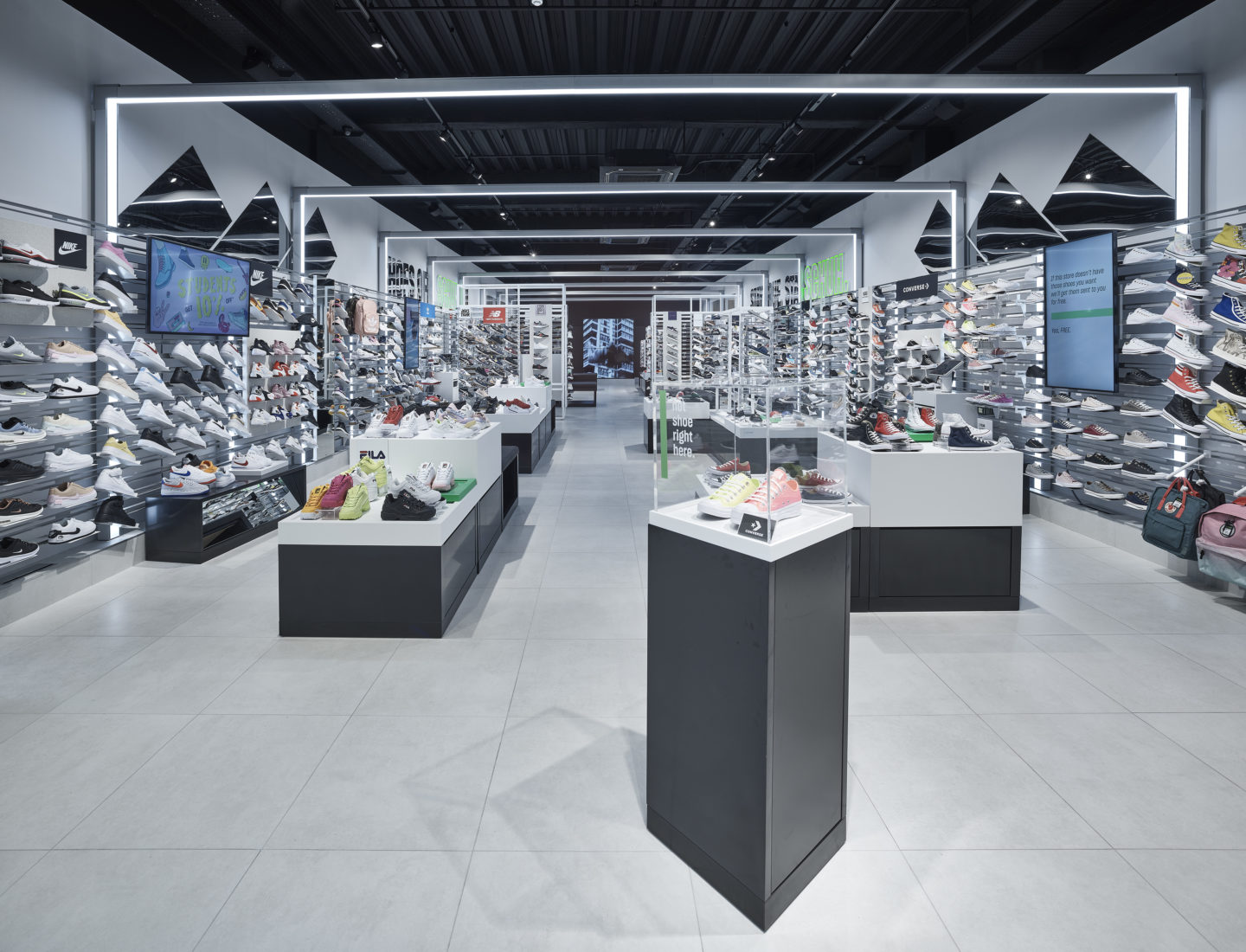
With the colour temperature of interior lights having such a fundamental impact on our emotions and moods, we’re given the opportunity to use interior lighting strategically. We can do this by specifying lights that are most appropriate for the environment we’re trying to establish and most helpful in encouraging people to behave in a certain way. We’ve already taken the example of restaurants, but there are lots of other spaces (both public and private) that can be improved through appropriate lighting. Cool white lights, for example, are perfect for meeting rooms and offices where people need to be switched on, concentrate hard and work productively. At the other end of the scale, warm white lights are ideal for places like hotel bedrooms, bars and luxury clothing stores.
At Unibox, our designers are equipped with the knowledge and experience needed to create products that are perfectly suited to meet the requirements of your space. We take great pride in being able to empower you by sharing our insights and technical understandings so that, together, we can develop lighting solutions with the ability to greatly improve interior spaces of all types.
To learn more about how we can help you maximise the potential of your space, get in touch with one of our team here.

